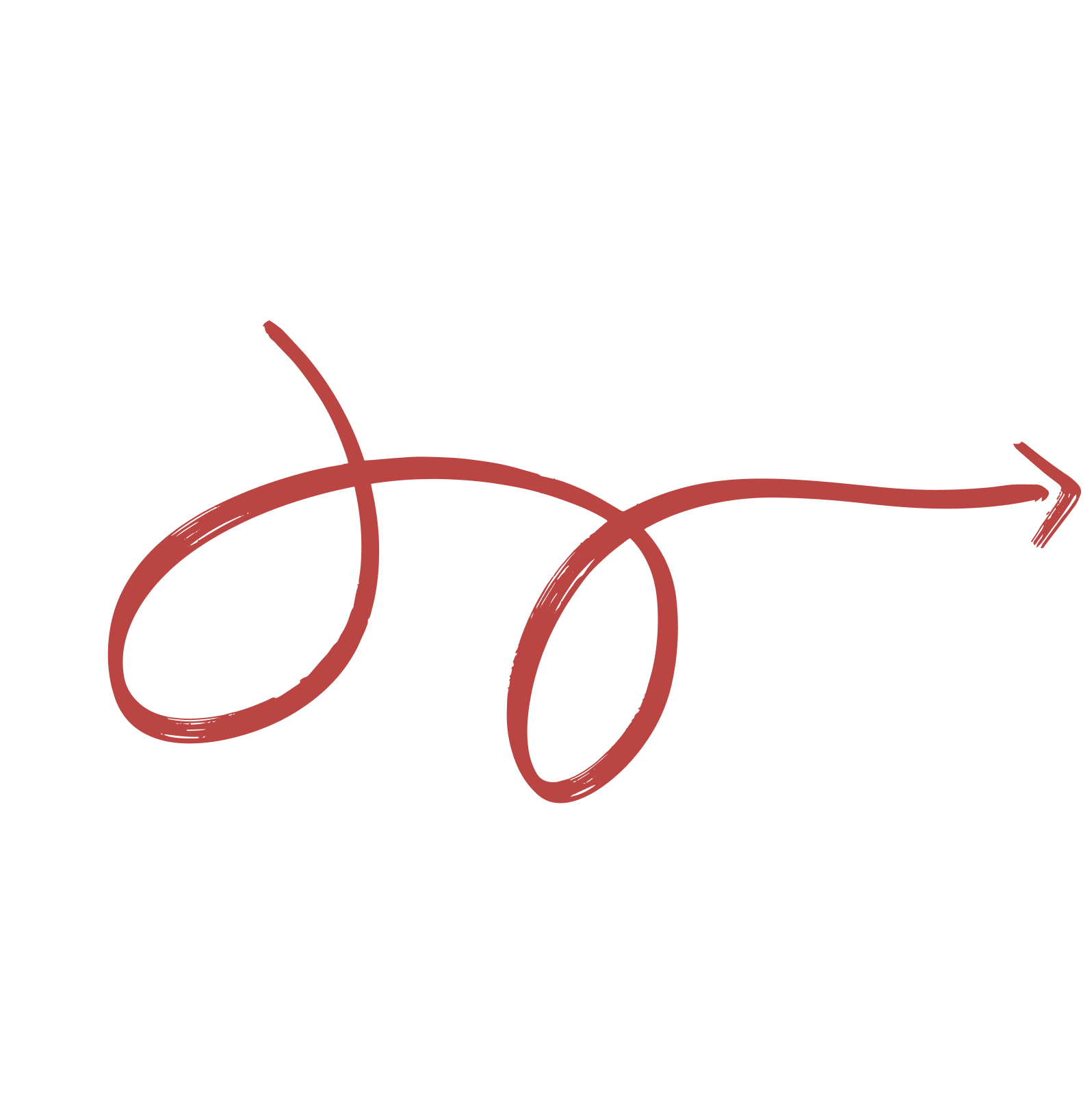Boot Up
A mobile app designed for those eager to try a new sport and looking for the confidence to get started with quick and helpful tips, and networking features.
Introduction
Hey adventure enthusiasts! Have you ever found yourself intrigued by pickleball, rock climbing, or mountain biking? I sure have! After finally diving into these thrilling activities, I realized the journey to start was a challenge in itself. Now, what if there was an app designed to make that initial leap a breeze? Join me as we delve into the context behind the creation of Boot Up!
What is Boot Up?
I designed this app to research barriers and take the extra step to get outside and try something new. The app aims to provide information for new and curious players/participants through direct facts and advice from current players. It has features to crowdsource tips as well as a networking feature to find partners to play.
Problem:
How can we encourage people to feel more confident and informed enough to take action and attempt to try a new sport?
Solution:
A native app with features to educate users on specific sports, introduce actionable and useful sites/references, and the ability to network with other players.
Why an app ?
In today's landscape, platforms such as MeetUp, Facebook communities, & Eventbrite are thriving, urging users to explore new sports. Through interviews, I've gained insights into users' internal decision-making processes. The app addresses users' individual goals and pain points, with the potential to seamlessly integrate with existing popular apps and websites in the domain.
The Design Process
Empathize
To organize my curiosities, I used the known/unknown board to guide the beginning of my research, what questions to ask, and what information is needed.
I conducted 45-minute interviews over Zoom with 5 people. From these interviews, I was able to begin to reflect on my assumptions and see where I needed to research more. The results from the interview raised more specific questions and looking at the board, I knew I needed to gather more data.
I created a survey to help give more insights into my questions. Analyzing the data from the interviews and survey, I created an empathy map to organize information to refine my problem statement.
Define
I used data from the empathy map to validate initial assumptions and create ways to reduce bias. Organizing the results of the map allowed me to develop a qualitative persona & created user journey maps.
The user goal was developed. This created the foundation to develop app functions and features.



Ideate
With the goal identified, the problem statement defined, and the empathy map, I began creating user journey maps where I mixed with ‘how might we’ statements. I was able to expand on the results of my research and use my empathy map to gain direction and solutions.
The journeys materialized into wireframes and ultimately a skeleton to my app layout.
I completed the first draft low-fidelity screens and user testing to validate the app concept, layout, and features.
Reiterate
In order to create my high-fidelity designs, I did research on competing apps with a focus on the design, layout, components, and interactions. I created a mood board to get a style guide and layout templates.
I really enjoy the creativity in visual exploration and getting user and mentor feedback to improve. In addition, I continuously revisited design principals in the midst of iterations.
Finalize
For the final stage of the UX design process, I conducted several rounds of 1-2 moderated usability tests on my high-fidelity designs and reitarations. Afterward, I meticulously reviewed the final layouts and spacing to ensure optimal user experience and visual coherence.
Next Steps
As I delved into my innovative concept, I noticed an opportunity to deepen my understanding of user needs and pain points. By narrowing down the target audience, we can get to the heart of their motivations and challenges, allowing me to refine my app's goal with greater precision. This approach will help expand features that truly resonate with users' experiences.
While tips and insights are valuable, there's a concern about their effectiveness in addressing user pain points solely through information consumption. Conducting targeted research can help refine this feature to make it more practical and genuinely helpful.
In reviewing survey responses, I found that participants tended to offer more encouragement than actionable insights in their tips. This misalignment could affect how users perceive the value and reliability of my platform. To ensure success, my app must foster a dynamic community that consistently provides up-to-date and trustworthy tips.
Moving forward, my focus should be on building a strong community and creating a platform that users can rely on for valuable insights and support. By addressing these concerns, we can create a space where users feel empowered to learn and grow together.

Reflection
In my first solo native app project, I learned the importance of confronting biases and defining problems rigorously. Despite documenting only eight iterations officially, I explored numerous variations of screen layouts and features. Conversations with my mentor emphasized efficient space use and meaningful user interactions. Embracing the 'double diamond' model, I oscillated between divergent exploration and convergent refinement, gaining deeper insights into user needs. Looking forward, I'm equipped with enhanced clarity and confidence to tackle future UX challenges effectively.



































